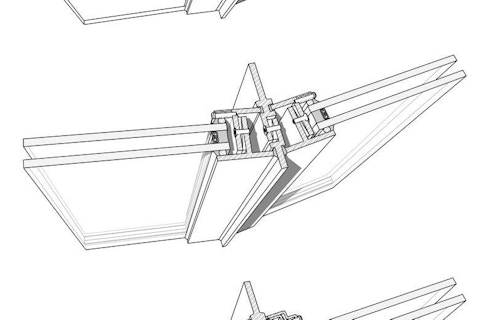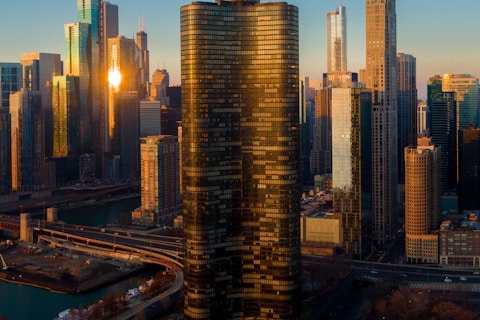World Congress 2020: A Home Run!
(FYI: If you missed it, the congress platform will remain up through the end of the year with almost all session recordings available for on-demand streaming.)
Facades Month and the World Congress, long delayed and virtually conducted, is now in the rear-view mirror with some of us still recovering from the experience. It was an intensive undertaking; we had two months to retool the event for the virtual stage, something none of us had ever done before. And I tell you this, my friends: it was stupendous! The event far exceeded our expectations and, according to the results of our post-event survey, the expectations of many of the attendees. We are no longer skeptical of virtual events. Indeed, we are certain they will be an important component of our ongoing offerings, not replacing but complementing our in-person events.
As always, the papers and author’s presentations were the heart of the program. Some 118 papers were presented in four tracks spread through four days in August. The papers were again vetted through a blind peer review process administered by two professors at the University of Southern California School of Architecture (great thanks to Doug Noble and Karen Kensek!). Over two hundred members of the Institute’s Scientific, Artistic & Technical Review Committee participated in the actual peer review (great thanks to all!). I was even more impressed this year with the quality and diversity of the papers, with topics extending through the range of technical issues to heritage, theory, pedagogy, urban planning, materials and materiality, facilities management, resilience, sustainability, case studies, and more; truly a breathtaking landscape of facade system considerations. As always, no keynotes, no pay-to-play, no promotional content, only largely overworked representatives from industry, academia and the profession that made the effort to elbow-out time in their busy schedule to share their insights, their research, their work (our biggest thanks goes to you authors!).
Other highlights included:
European Façade Network (EFN): Our good friends in the European community deepened our ongoing collaboration by leaning-in to organize a full track of a dozen papers from thought leaders within the EFN. I must say, it was an exceptional set of papers and presentations and much appreciated by the congress attendees.
Association of Preservation Technology (APT): We were excited to announce during a plenary session a new partnership with the APT, an exemplary organization that shares much of our vision, mission and mission strategies. Representatives of the APT stepped in to moderate three heritage sessions of the World Congress program. We have invited the APT to organize an entire heritage-themed track for our next world congress.
Vitruvian Honors & Awards: Board member and committee chair, Peter Weismantle, announced the new Vitruvian Honors & Awards program, which quickly generated significant interest and many inquiries. The Vitruvian Honors are intended to recognize the critically important accomplishments and progress toward goals of resilience and sustainability realized by diverse stakeholders implementing new facade system technology and applications. Additional detail about this program, including instructions for submissions, will be forthcoming very soon.
The Transatlantic Facade Design Summit: My friend, Ulrich Knaack, joined me to co-chair the Summit, which was well attended and catalyzed a robust dialogue focused on collaborative opportunities for furthering facade system research and education. This inaugural event was held over four days last month and resulted in a commitment to continue this effort. You will hear more on this soon, so stay tuned.
Poster Gallery: Another first, the poster gallery was populated by some 16 submissions of remarkable quality; many of these submissions represented a significant effort on the part of the authors. In spite of some frustrations with the conference platform in accessing the posters (we’ll fix this next time), those that made the effort were rewarded with substantial content. It’s clear that the poster session provides another important stage for involvement in the World Congress.
Most importantly, in spite of the disruption caused by the pandemic, we have continued to grow. Registrations grew about 20% to approximately 550 with a far greater international participation than past events, enabled, no doubt, by the virtual platform eliminating the need for expensive and time-consuming air travel, not to mention the important reduction to our carbon footprint. Some people lament the necessity of virtual events, I celebrate them; I’ll see y’all in a zoom meeting soon enough!
Finally, let’s all put our virtual hands together for Katie Gould, our Program Director, who made this all happen! Hang in there Katie, recovery is only a matter of time.
Resist and persist,
Mic

Mic Patterson, PhD, LEED AP+
Ambassador of Innovation & Collaboration
Facade Tectonics Institute
Looking for something specific?
Search our extensive library.
FTI’s SKINS email is the central source for the latest in building skin trends and research.
All emails include an unsubscribe link. You may opt out at any time. See our privacy policy.









